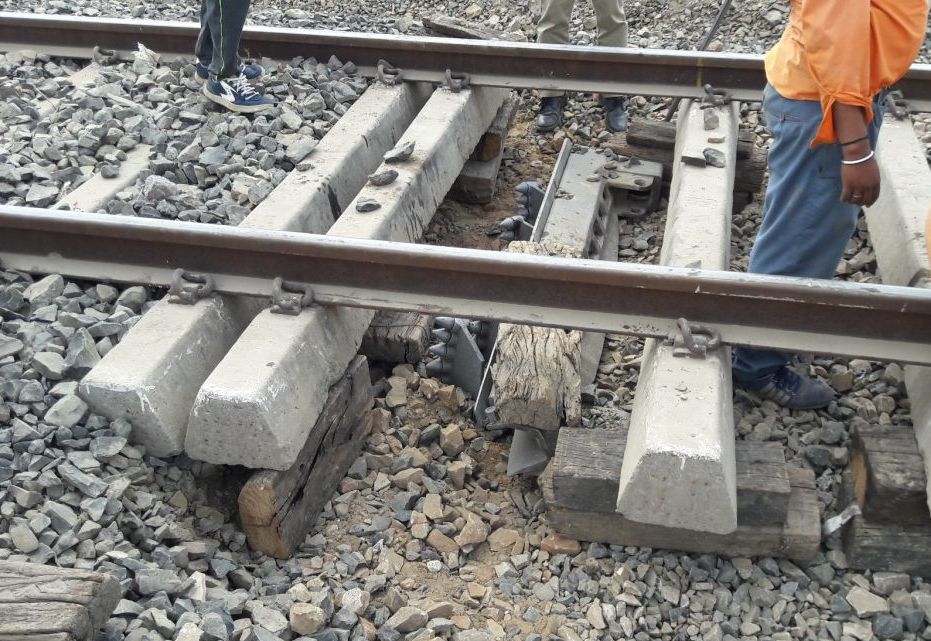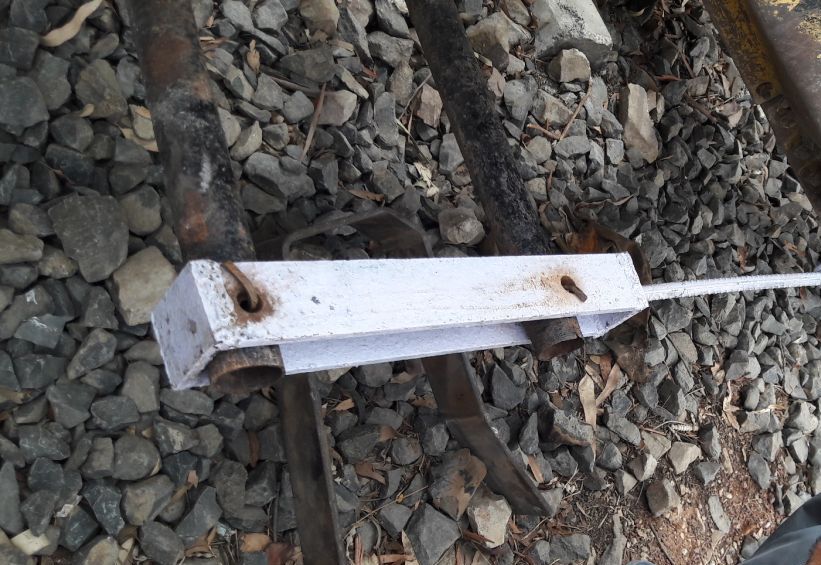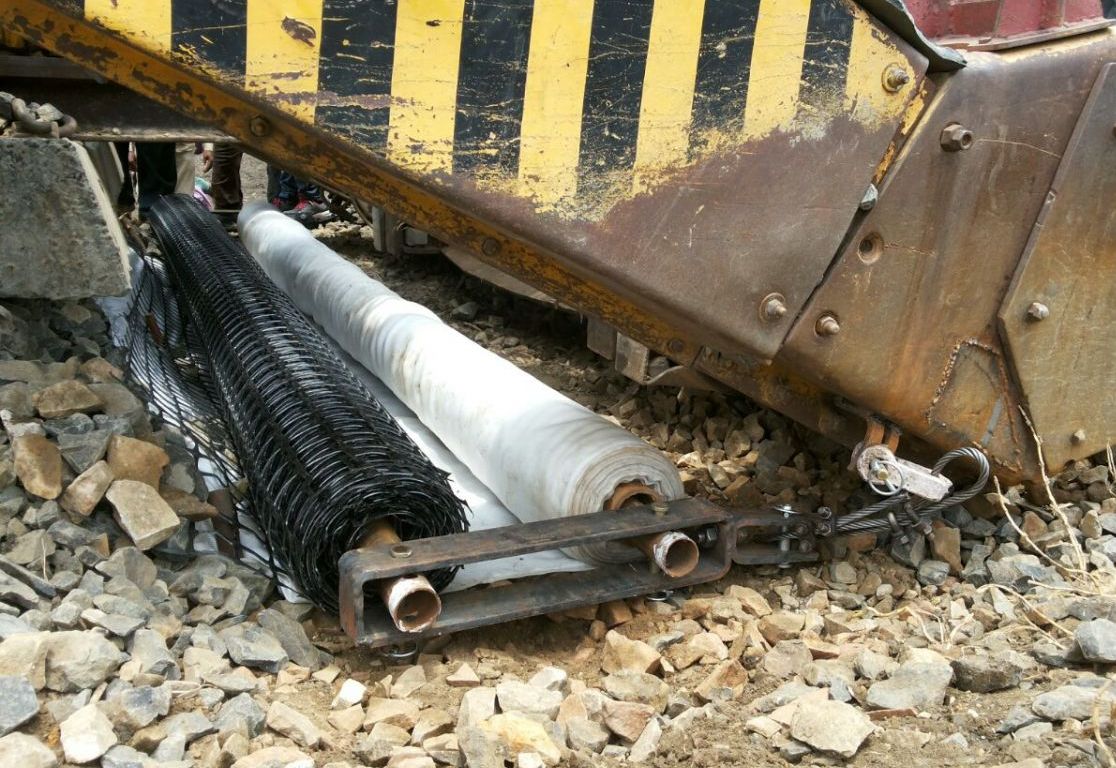Sub-grade Improvement
2022
SHIVPURI - MADHYA PRADESH - India
West Central Railway
BALLAST STABILIZATION USING GEOSYNTHETIC SOLUTIONS
Problem
The train wheel load is always in the same position and the passage of each train produce fast cycles of loading – unloading, which cause fast degradation of the railway structure due to deformations of the soft soil. The loading – unloading cycles produce pump-up of the fines from the subgrade into the ballast, which quickly loses its frictional properties; lateral and longitudinal deformations of the tracks . Many Railway track is founded on weak formation, causing ballast penetration, resulting in extra maintenance efforts, speed restrictions, damage to track, rolling stock etc. Same problem has been occurred with west central railway in between Guna to Gwalior (Km 1177/8 to 1180/8) due to existence of black cotton soil . BC soil causes destabilization of tracks especially during monsoon.
Solution
The proposed solution is ballast stabilization using biaxial extruded geogrid i.e. Maccaferri’ s MacGrid EG and Polypropylene Multifilament Woven Geotextile by other manufacturing company. Macgrid EG and woven geotextile helps in achieving higher efficiency and better performance of such modern-day railway track super structures. When properly designed this type of geosynthetic materials are installed within the track structure four principal functions are fulfilled: • Separation, in new railway tracks, between soil subgrade and formation and in rehabilitated railway tracks, between formation and ballast • Filtration of soil pore water rising from the soil subgrade beneath the geosynthetic, due to rising water conditions or the dynamic pumping action of the wheel loadings, across the plane of the geosynthetic; • Reinforcement in order to contain the overlying ballast aggregate and stabilizing the blanket layer. • Lateral drainage of water entering from above or below the geosynthetic within its plane leading to side drains.



